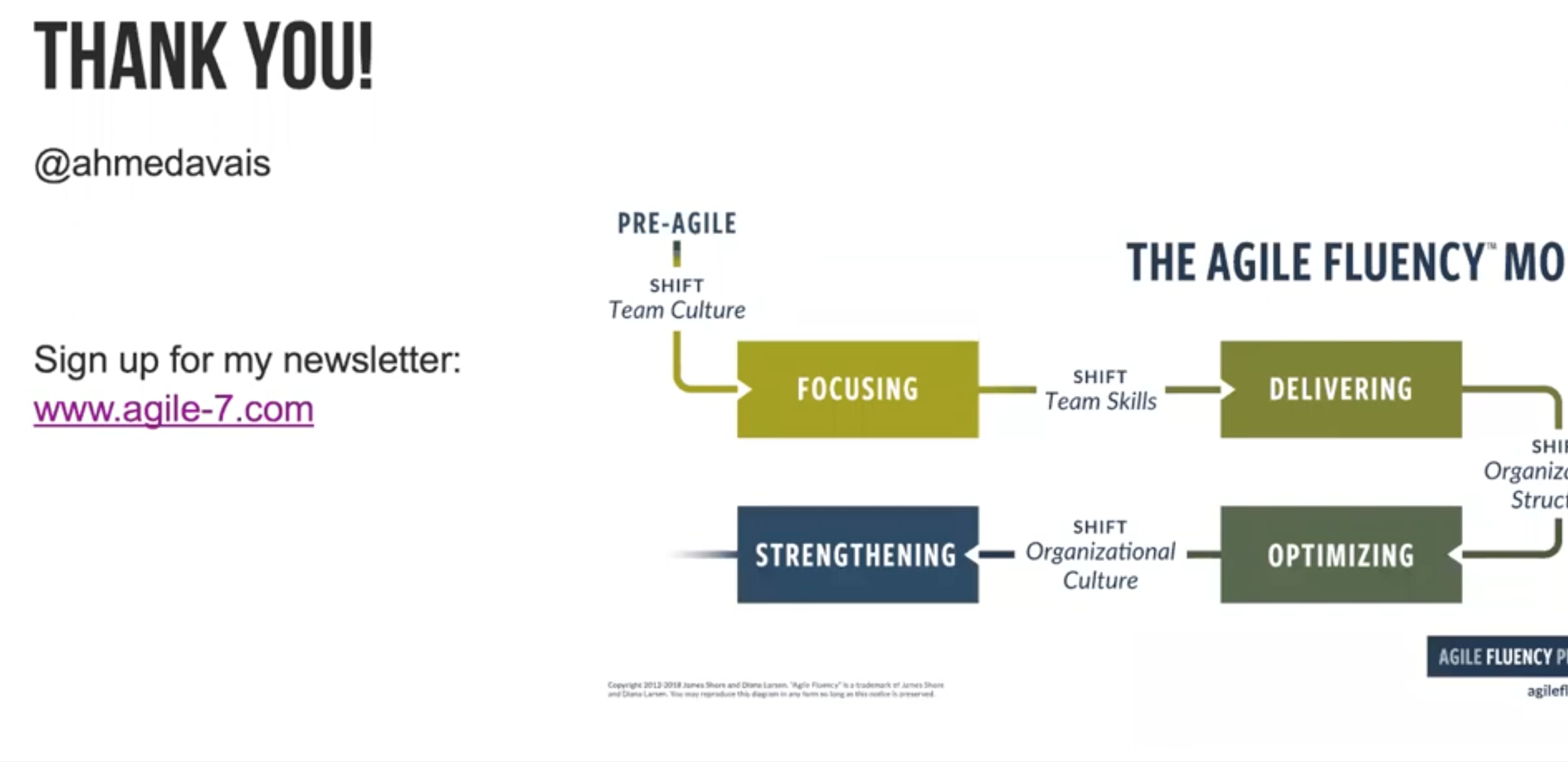Agile Fluency - Ahmed Avais (https://www.youtube.com/watch?v=h3pUncWB2N4)

OMV model Objective Measure (how will you know) Value (back to org)
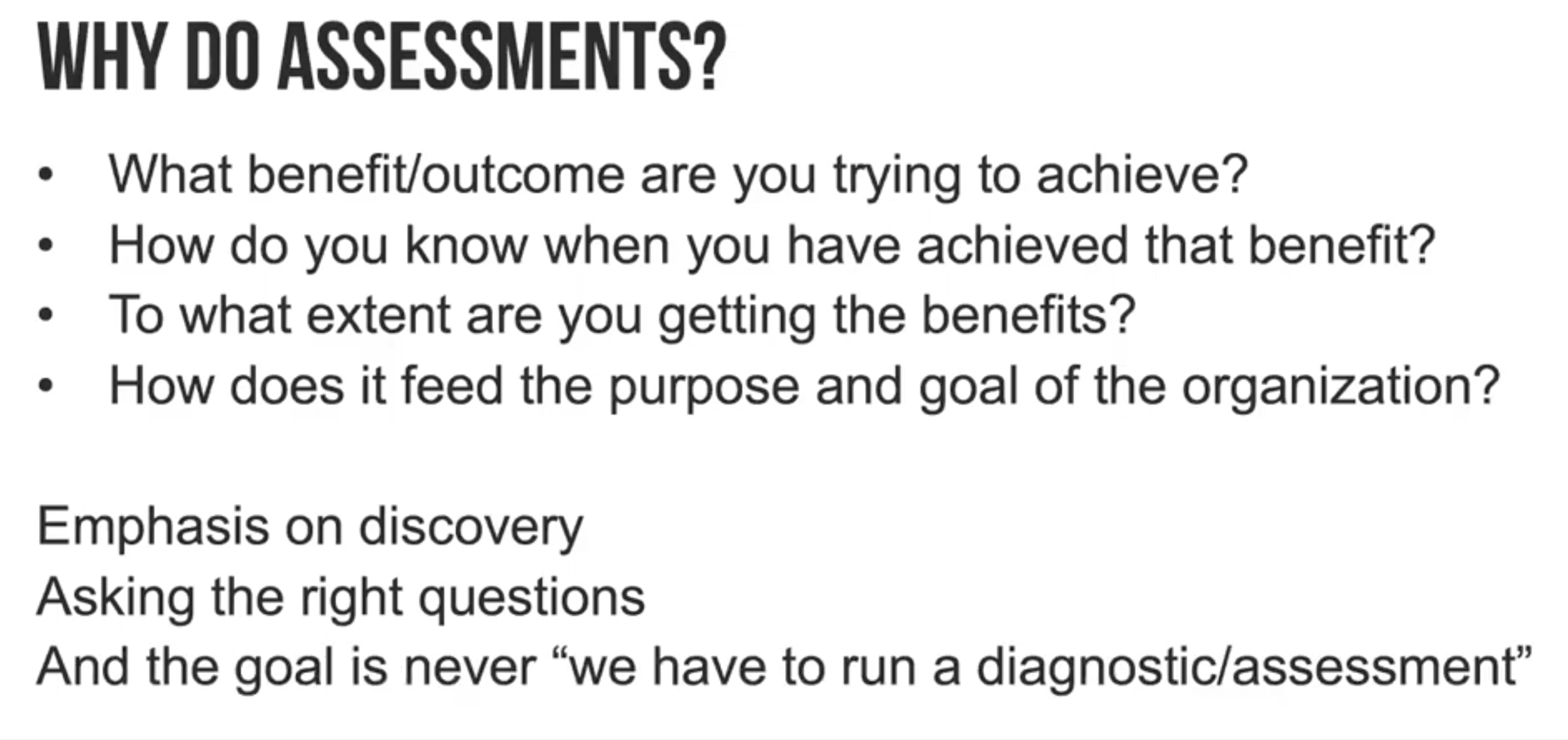
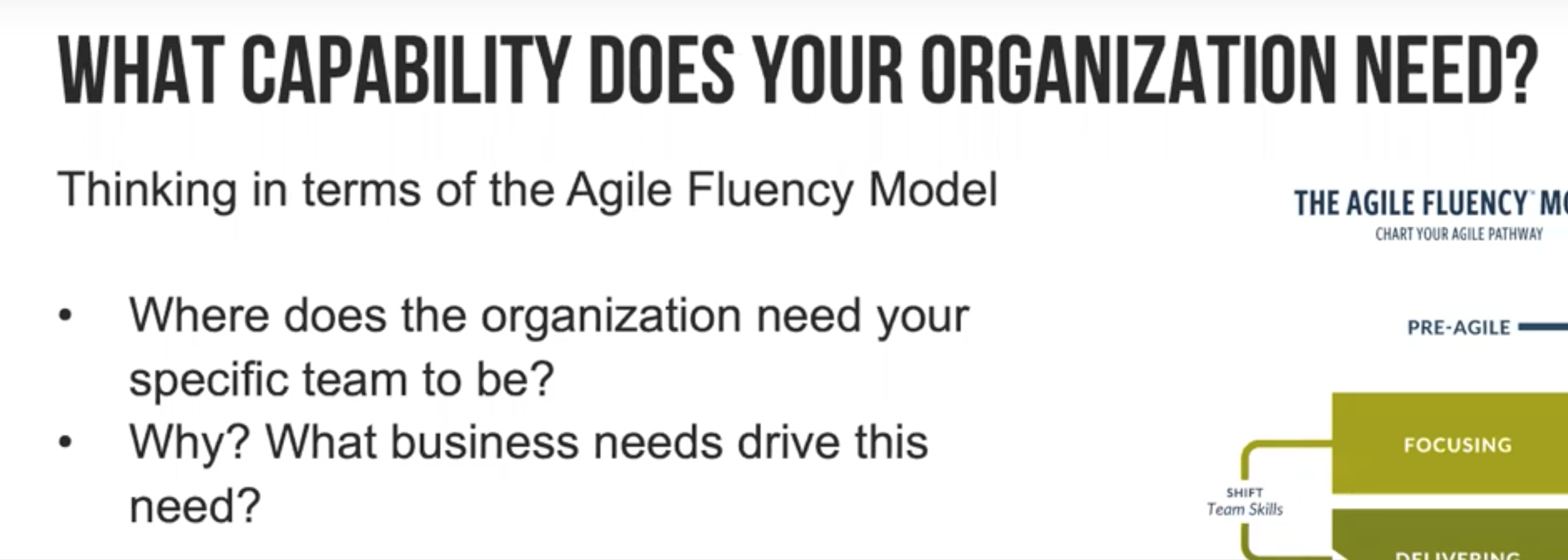
Agile Fluency Model - Not for business agility -> team based
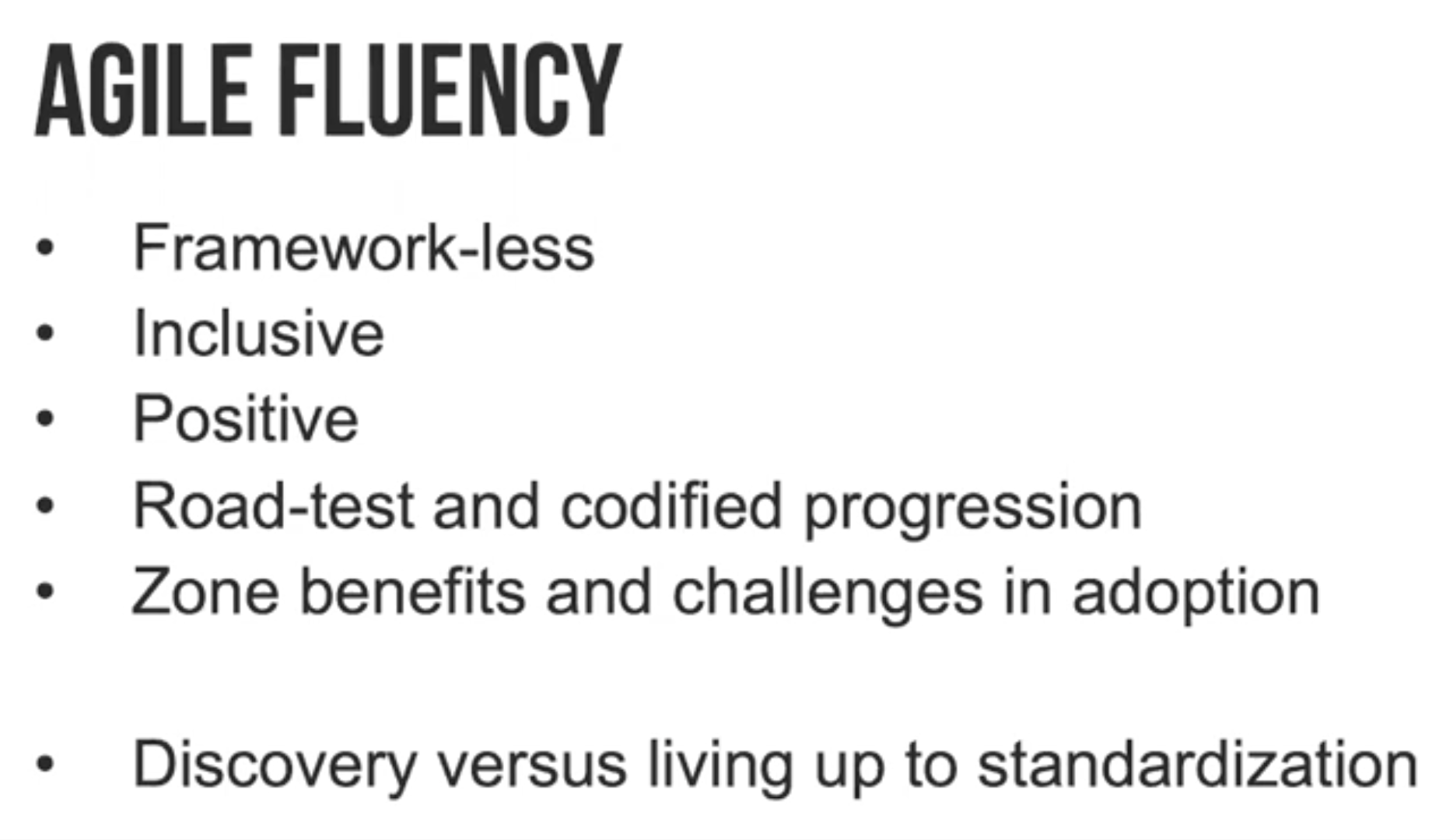 History: created during the framework wars
History: created during the framework wars
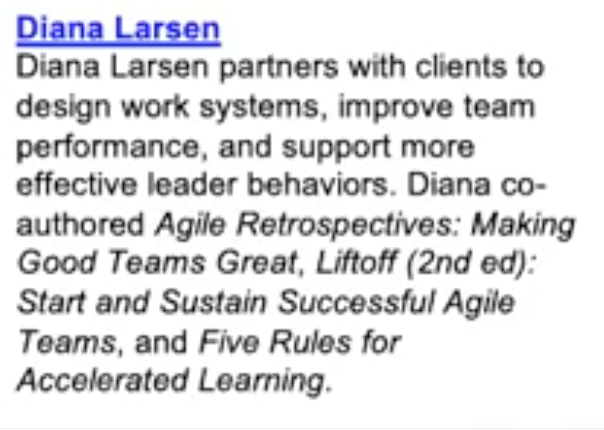 [ ] Agile Retrospectives: Making Good Teams Great
[ ] Liftoff: Start and Sustain Successful Agile Teams
[ ] Five Rules for Accelerated Learning
[ ] Agile Retrospectives: Making Good Teams Great
[ ] Liftoff: Start and Sustain Successful Agile Teams
[ ] Five Rules for Accelerated Learning
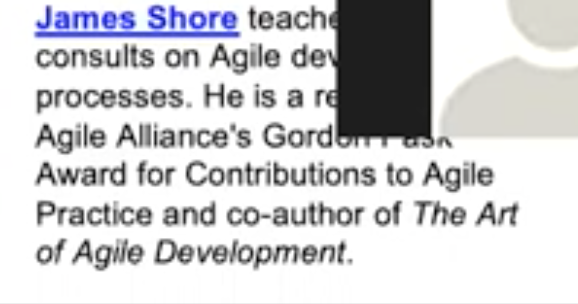 [ ] The Art of Agile Development
[ ] The Art of Agile Development


unit of work is the team

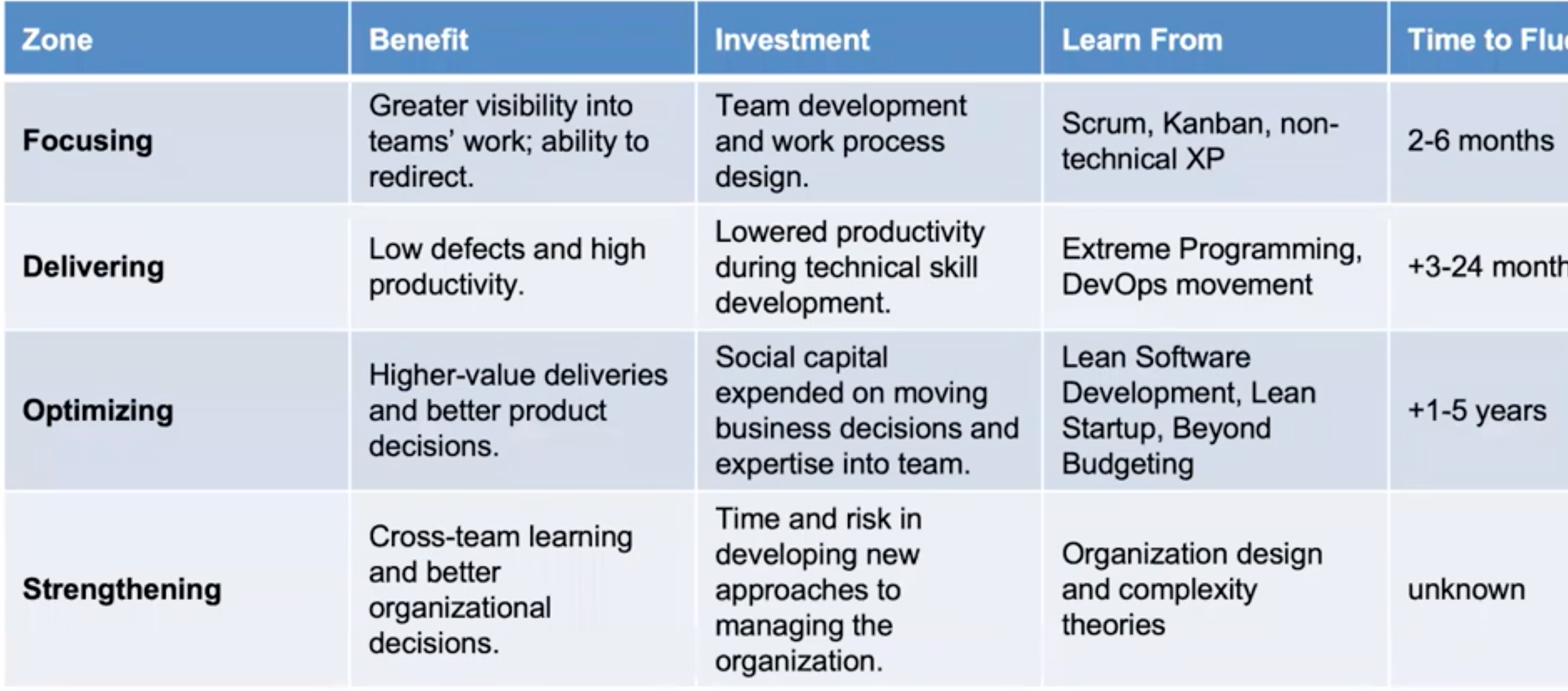

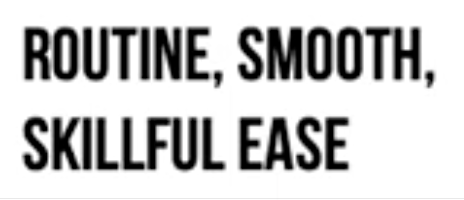
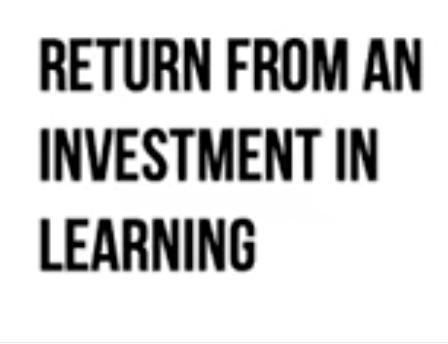
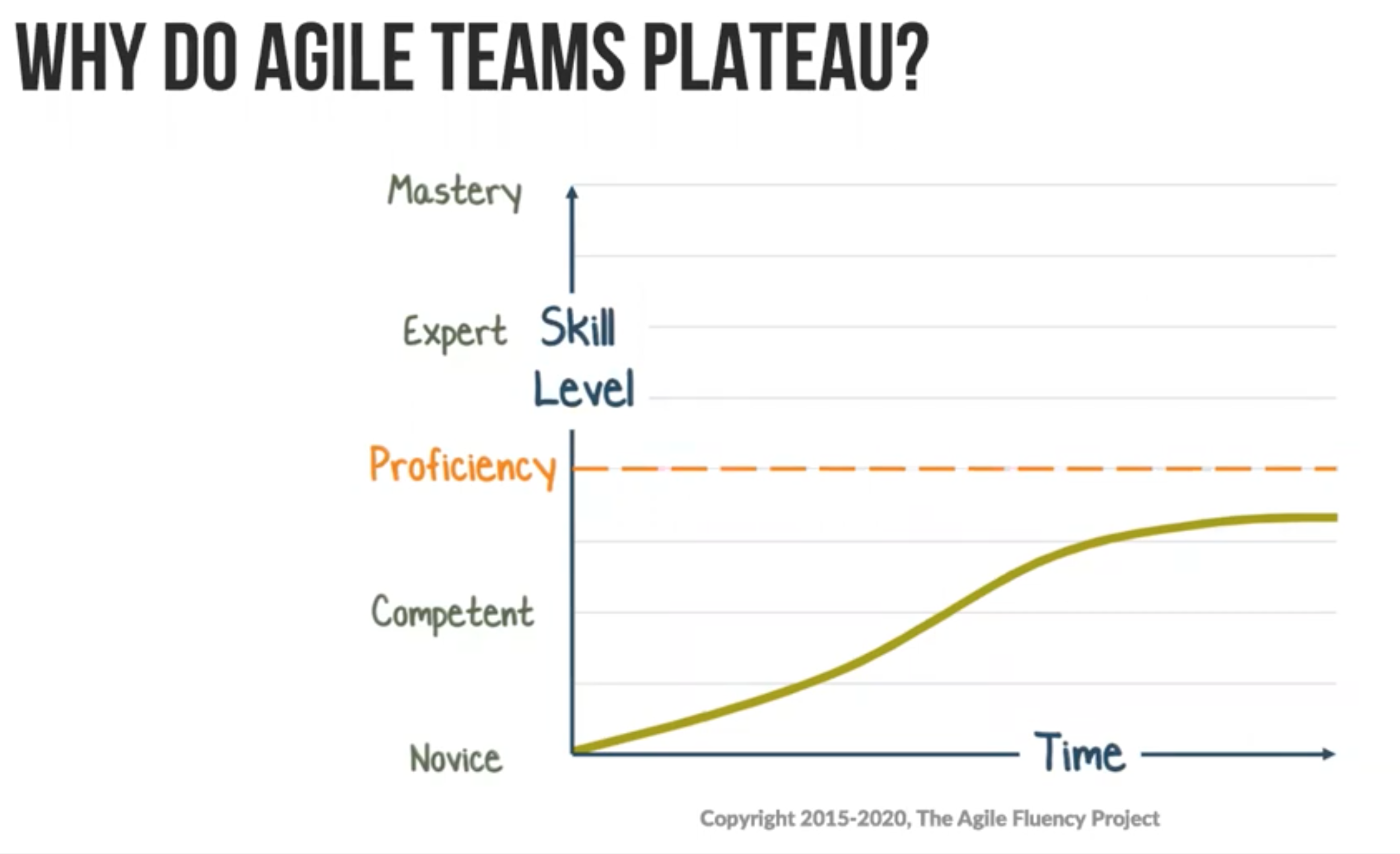
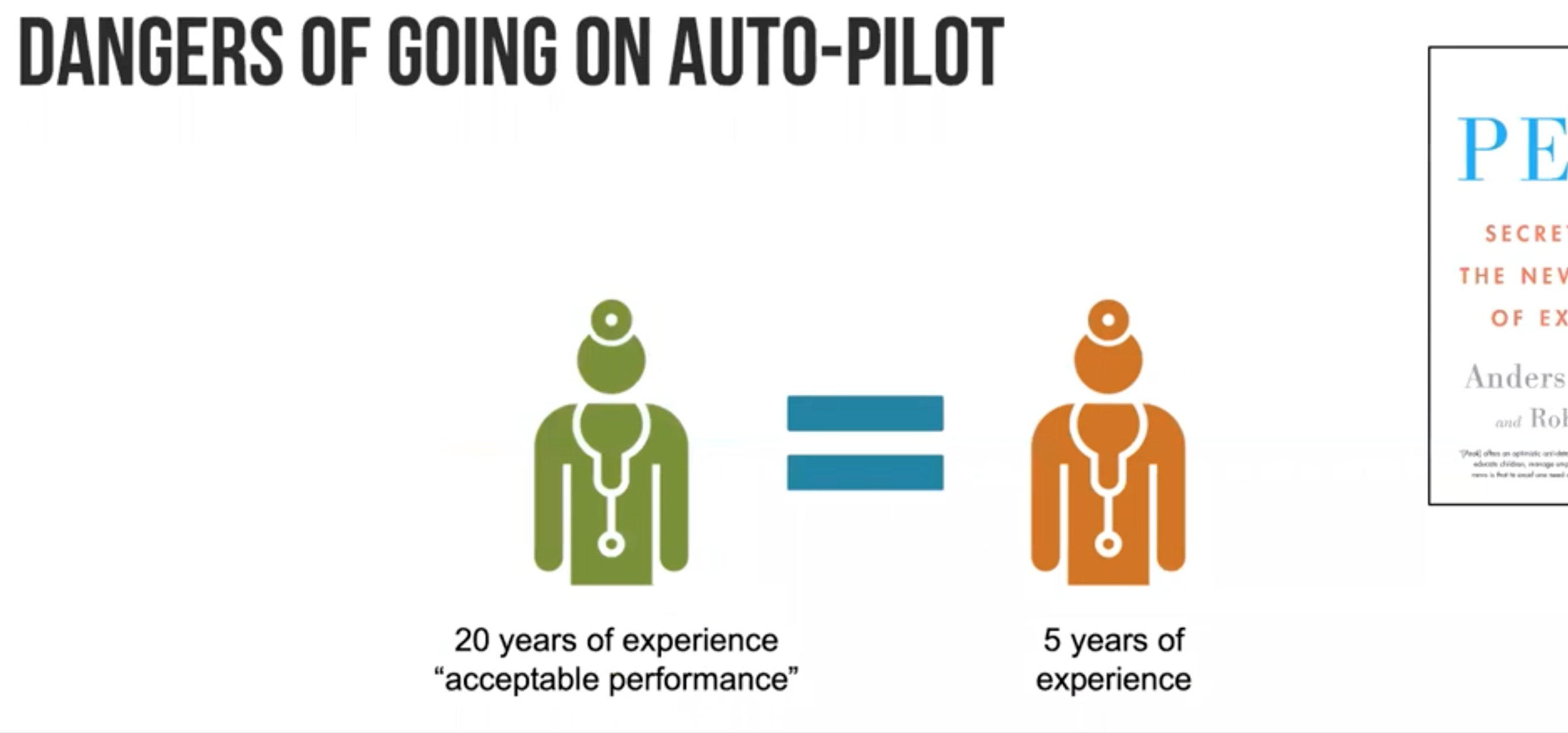
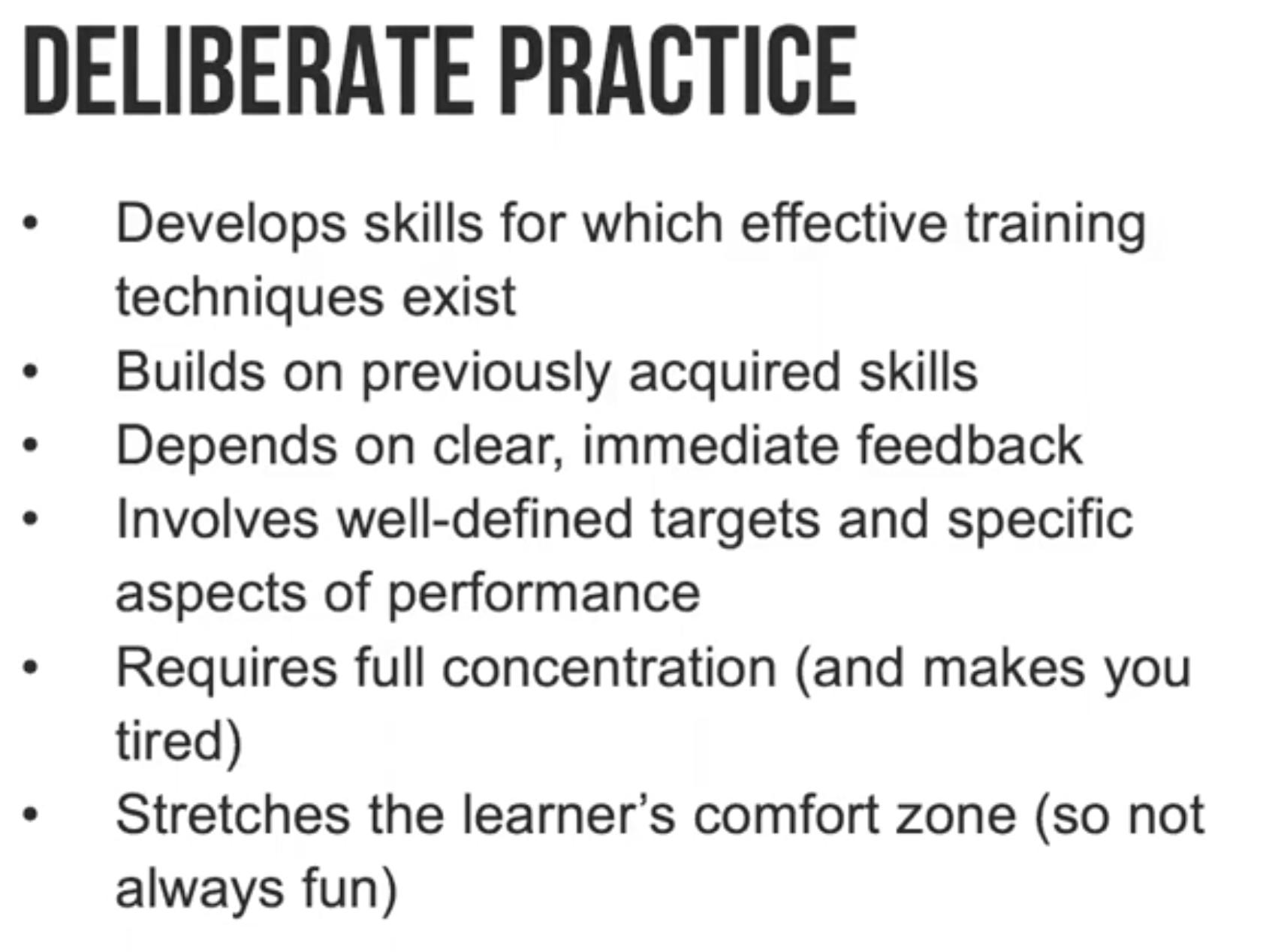 with time: deliberate practice -> fluent proficiency
with time: deliberate practice -> fluent proficiency
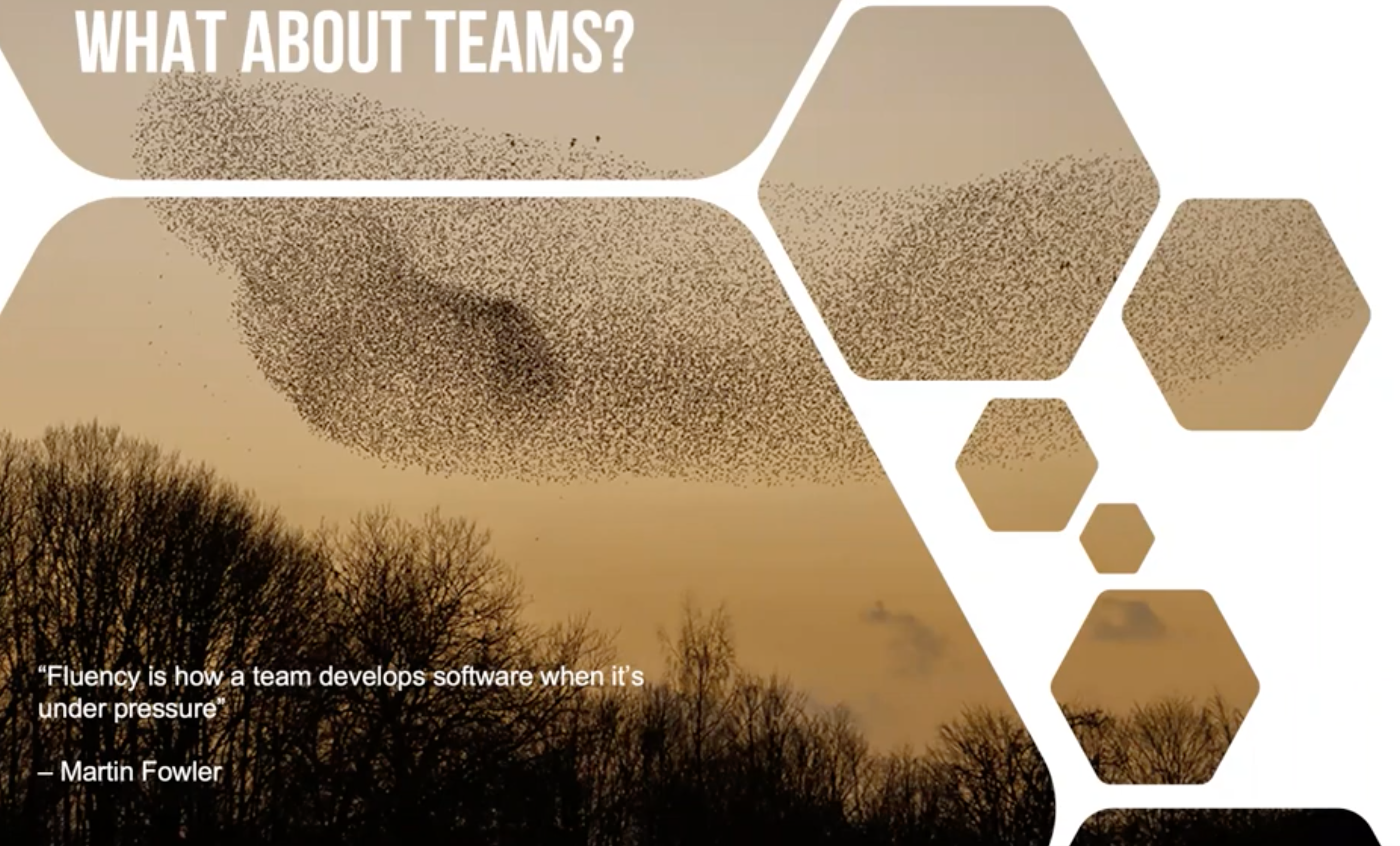 natural working teams
== daily
!= weekly gathering (workgroup)
natural working teams
== daily
!= weekly gathering (workgroup)
we live in a VUCA world Volatile Uncertain Complex Ambiguous
“teams are mirrors of the organization” -if you see dysfunction in a team - if multiple teams have a problem, it’s and organizations problem
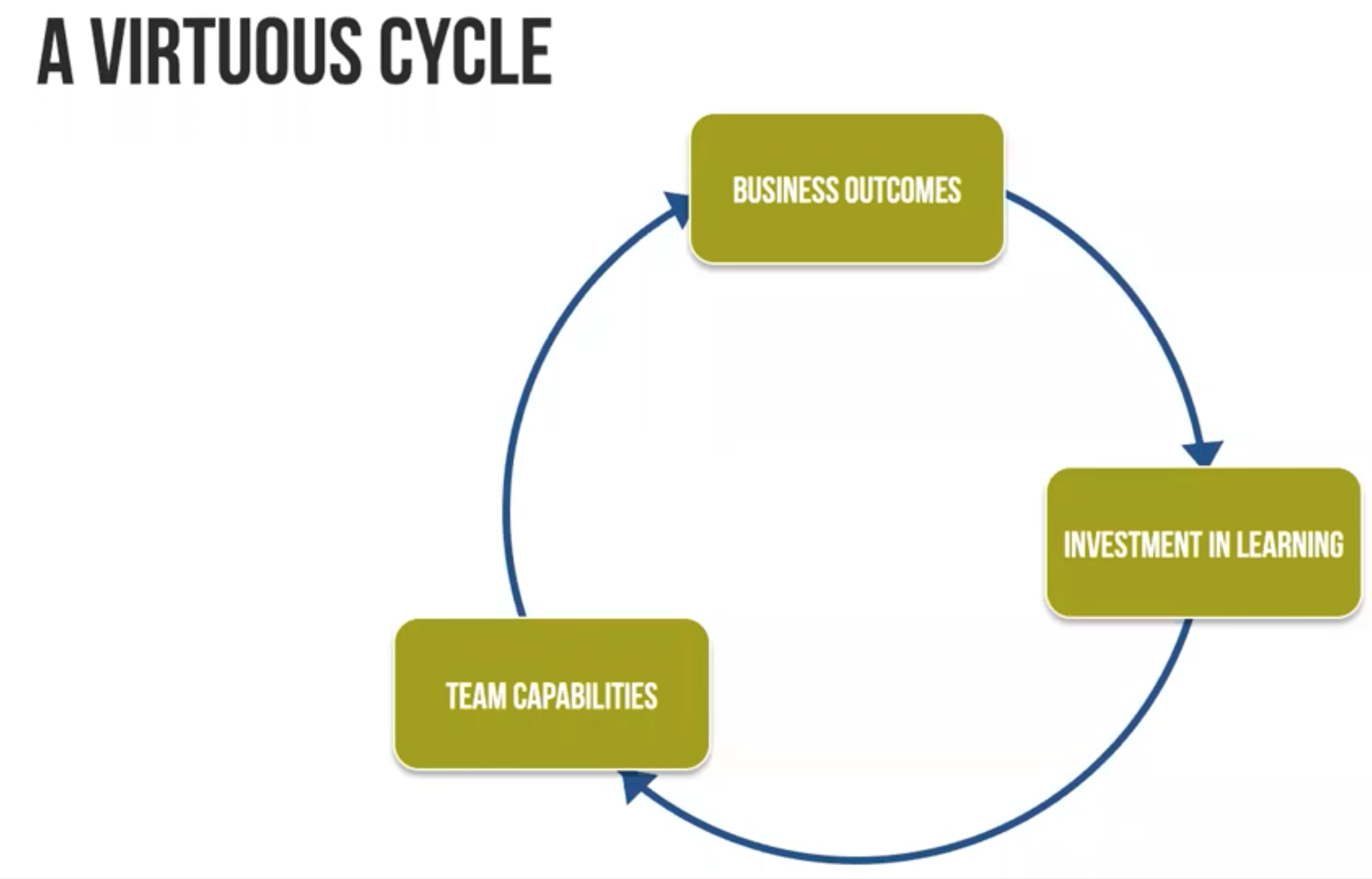
improvement kata
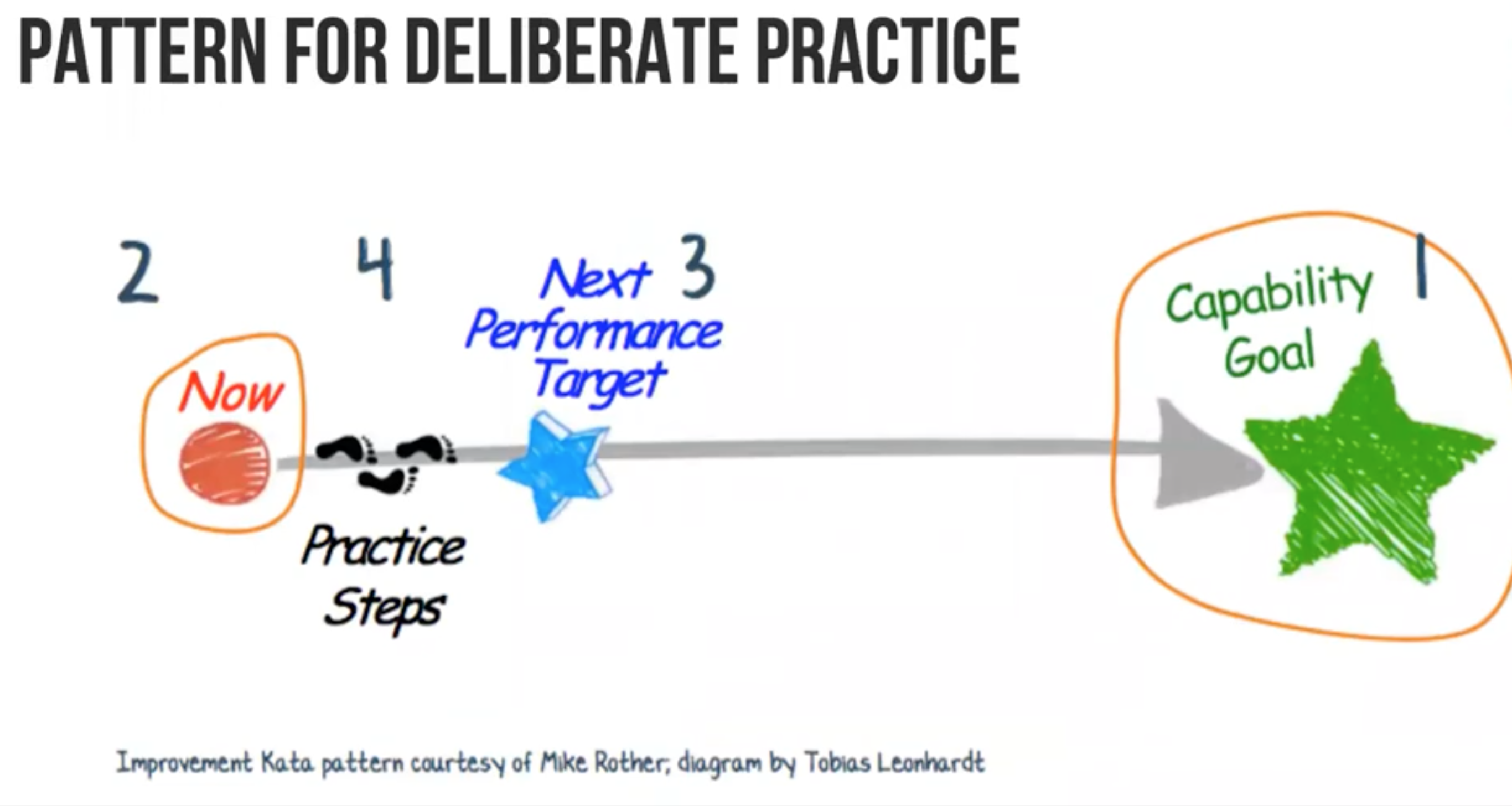
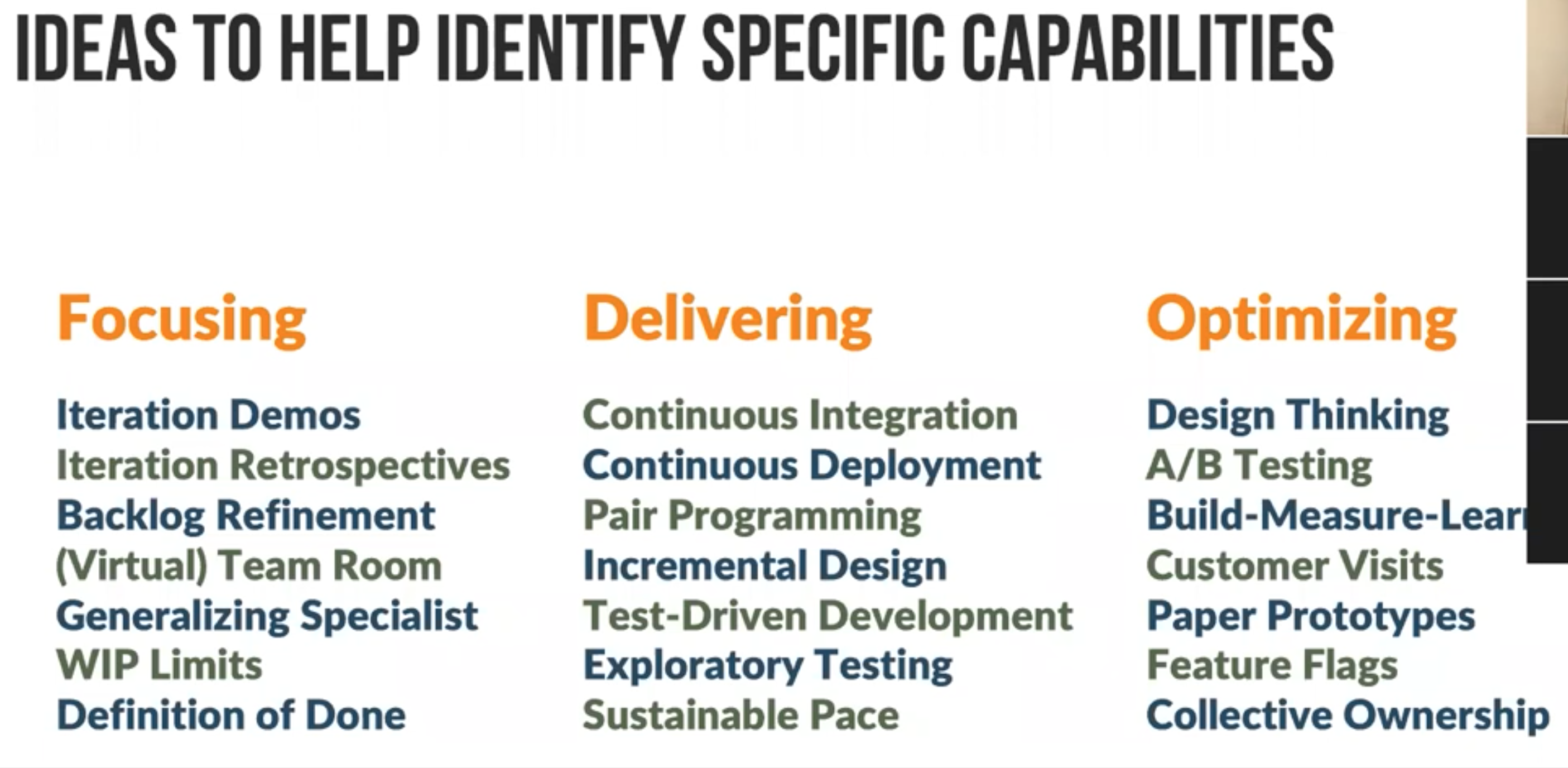
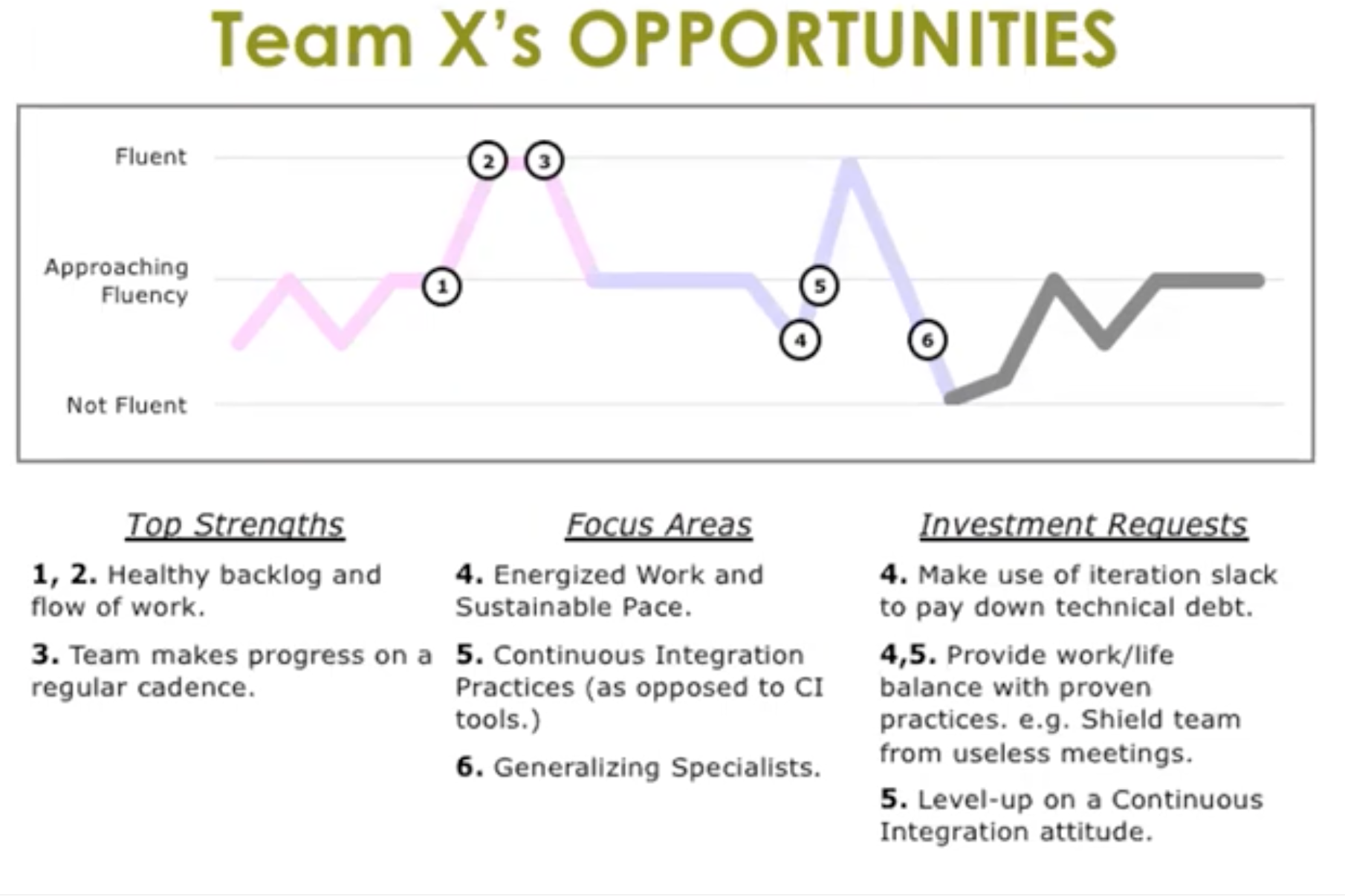 -> this team needs to be in delivering
-> this team needs to be in delivering
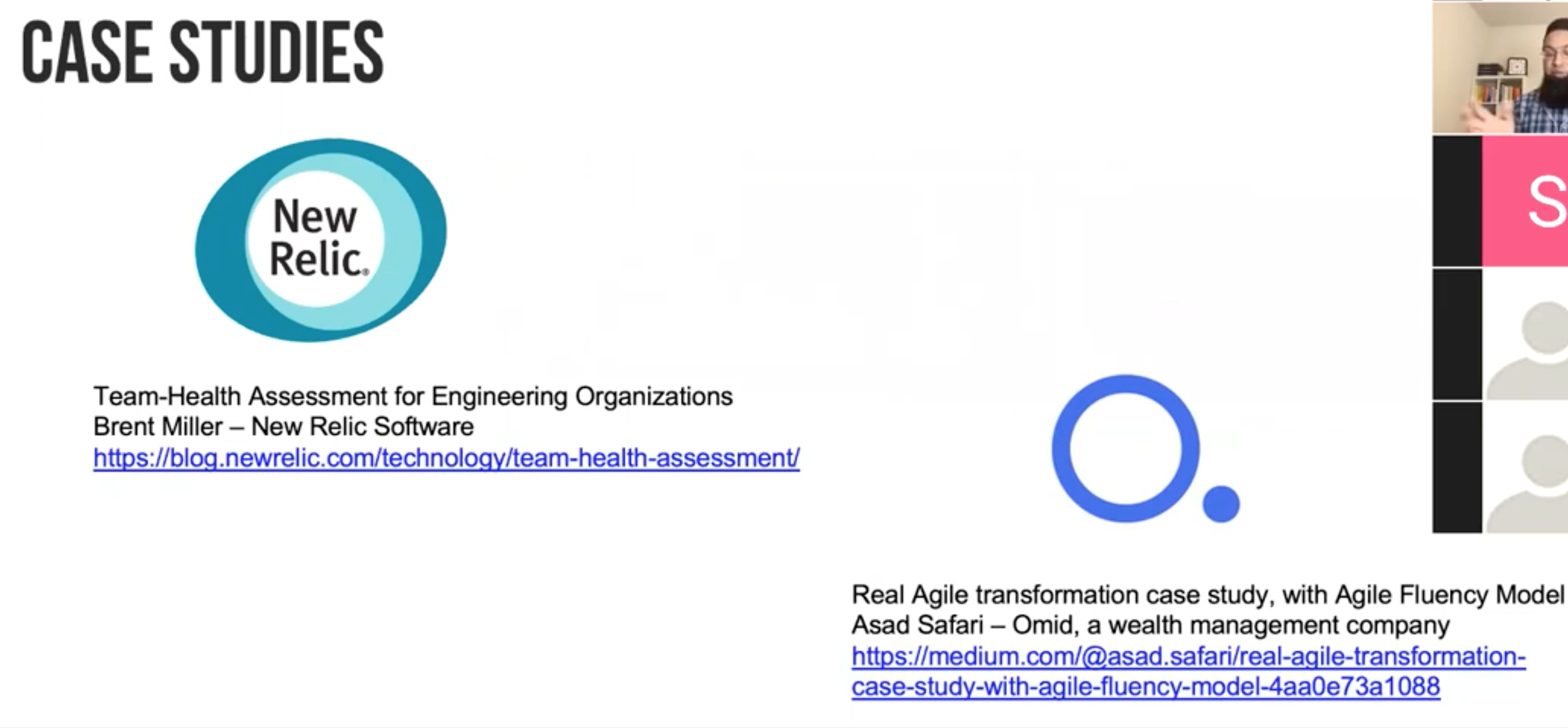 -> Omid, a wealth management company
-> Omid, a wealth management company
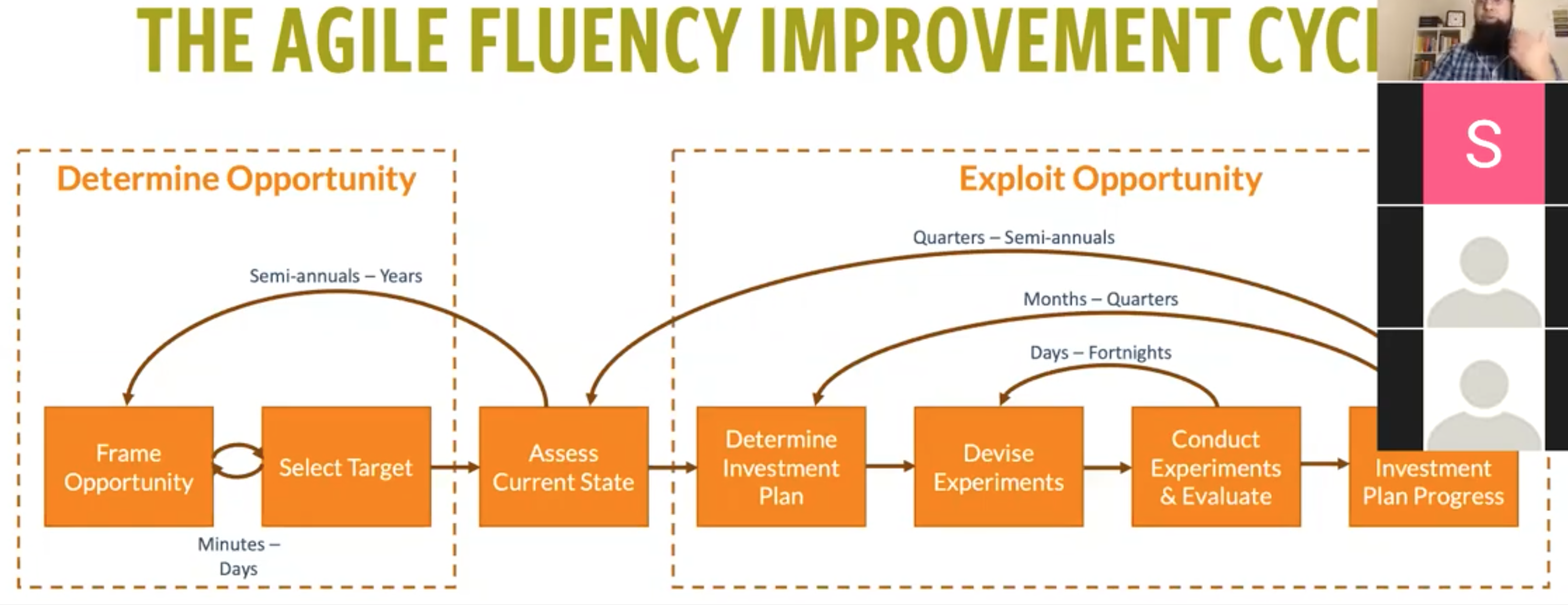
Agile Fluency Suite
What else?
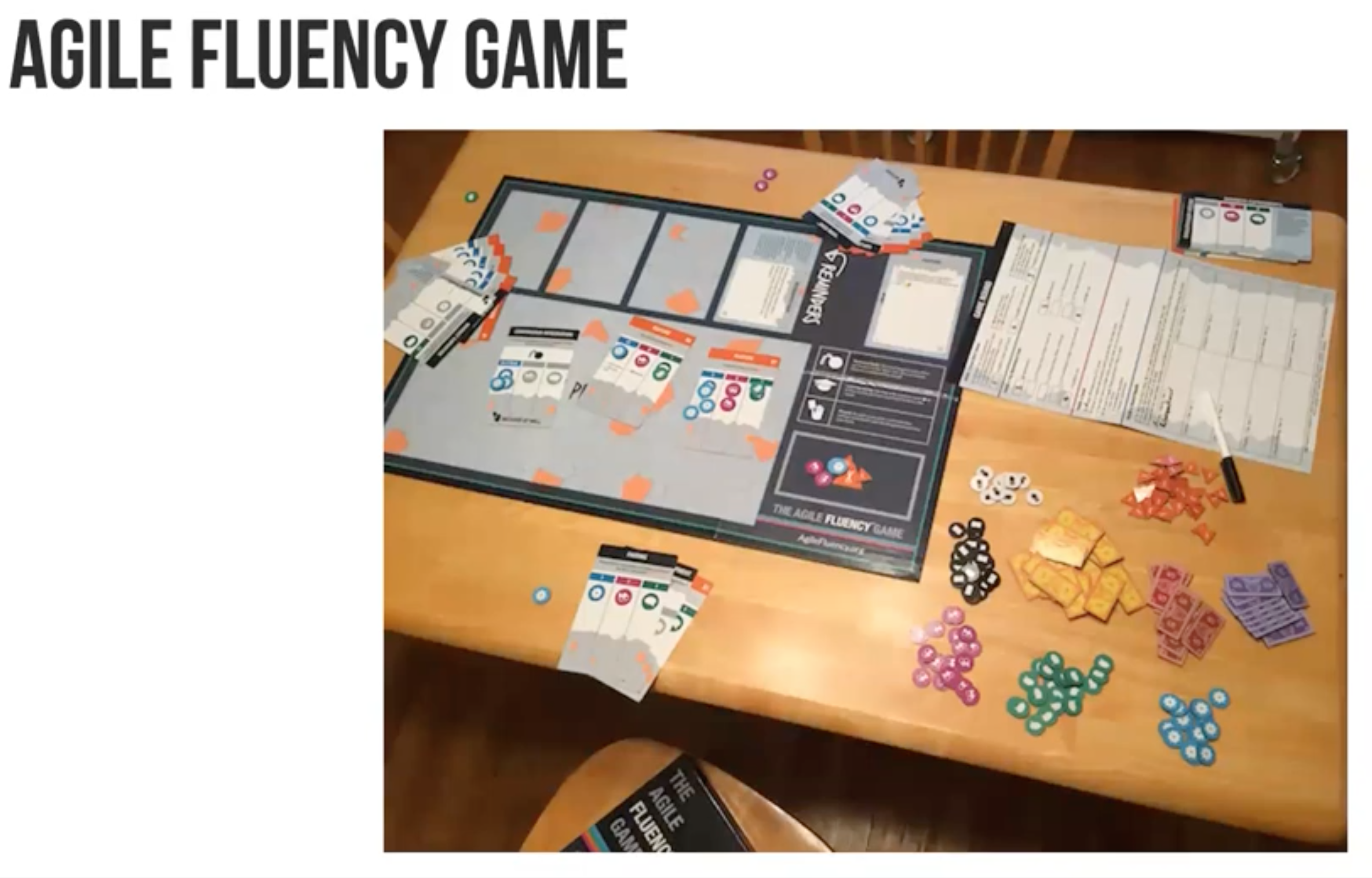
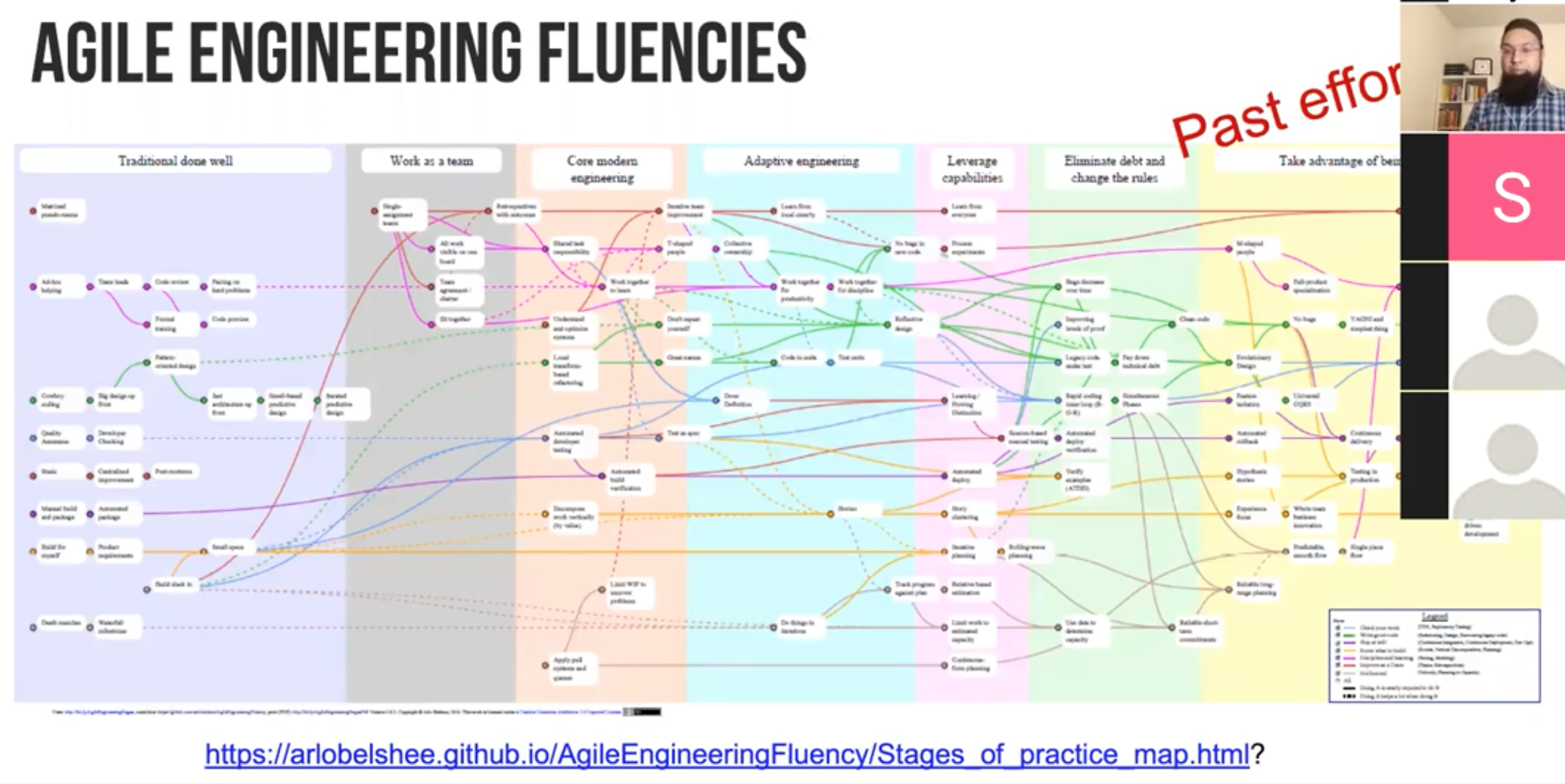 http://arlobelshee.github.io/AgileEngineeringFluency/Stages_of_practice_map.html?
(not recommended anymore)
http://arlobelshee.github.io/AgileEngineeringFluency/Stages_of_practice_map.html?
(not recommended anymore)
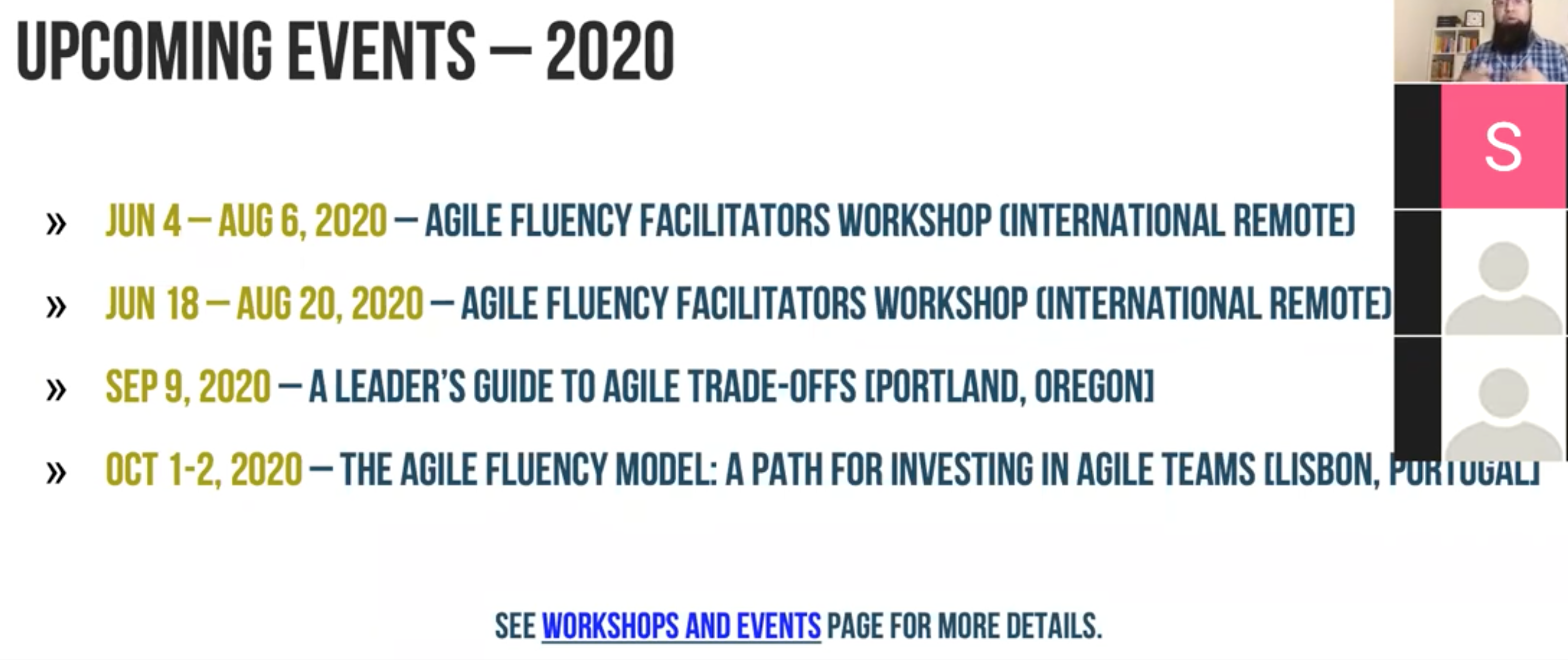
free ebooks free articles
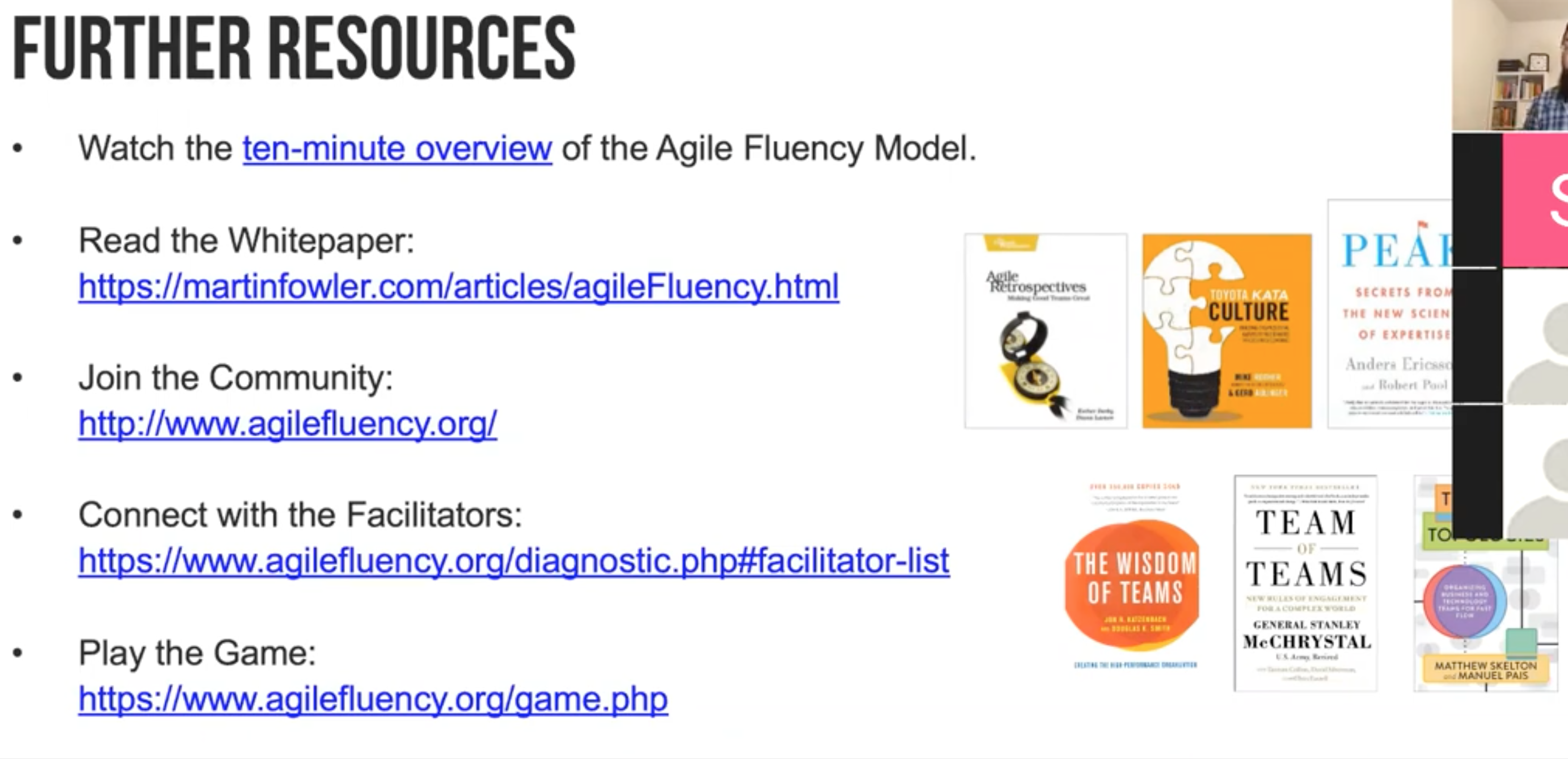
==== Q&A ====
Is AFM top-down or bottom-up? If you don’t have the executive support, these things don’t last. executive sponsorship people may ‘rebel’ and do these things, but even if they achieve beautiful things, they leave after a time
Does a team need to be proficient in all practices of a zone? Are they receiving the benefits of a zone? What other things could we try?
(there are practice maps for coaches and facilitators)
Is there any maturity model for agile fluency? Within each zone, there is a level of maturity. But look at the benefits
How can we start assessing our We do it in a crowdsourced way. We bring the team in the same room. Charts with 21 questions Put dots up Compare responses eg. “are 20% of your stories always estimated?” discuss the splits in responses Listen to the discussion, extract the words and what they say (4 month facilitator training)
How can fluency be sustained? With churn…? Stable teams are very important. Reality is churn already happens Look at fast agile or dynamic reteaming, and see why some of the old models (norming, forming, storming) don’t work in the complex environment we work in. It really is not an issue
If we achieve the purpose of zone, in order to proceed further, what needs to be done? On day 1 you can start practicing multiple zones
If we’re on the Agile Plateau, how can we shake it up? Introduce Mob Programming, it’s usually easier than pair programming. You need to introduce an area where people can practice and learn. (code dojo)
How can we identify if a team is a plateau? You don’t get the benefit you expected Repeating the same problems, not improving.
